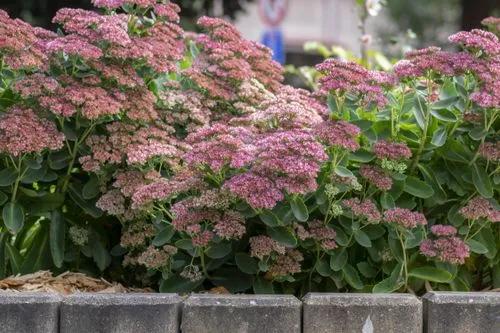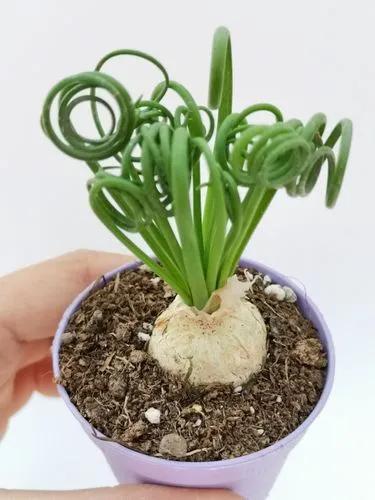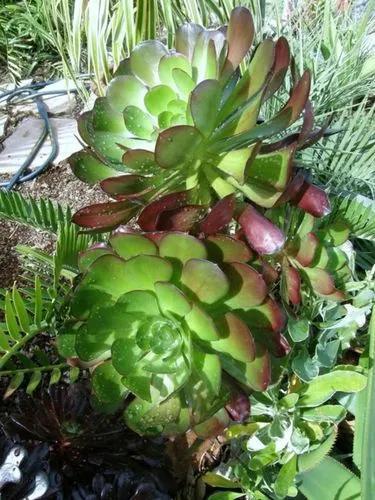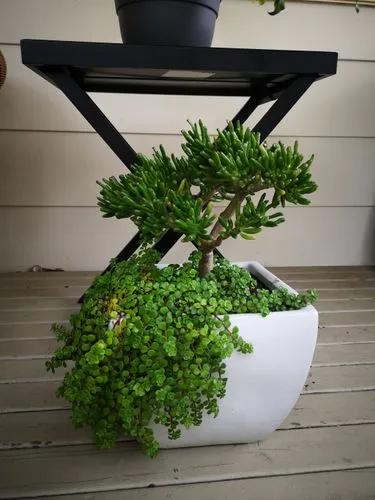This beautiful and fairly rare Aloe forms slender, creeping stems with short, thick leaves that are covered in small, white spots and are often reddish or purplish. It is native to South Africas Cape Provinces, where it grows on dry, sandy coastal plains just above sea level. It grows very localized mostly in the "diamond area" which is considered a no-go zone. In cultivation, Aloe arenicola is not often seen, even though it is a robust, adaptable and highly ornamental plant.
Sand Aloe Care
Aloe Arenicola
Other names: Dune Aloe



What is the plant
How to Care for the Plant

Water

Small amount of water, let it dry between watering, do not over water

Fertilizer

Pruning season: All year, better to prune after blooming season

Sunlight

Full Sun
Ease your plant care routine with PlantIn's personalized system.

Soil

need sandy soil, lava grit and other inert soil possible to use cactus potting mix, but grow well in regular potting mix, small amount of organic matter,

Temperature

Minimum cold hardiness:Zone 9b -3.9 °C (25 °F) to -1.1 °C (30 °F)

Popularity

9 people already have this plant 5 people have added this plant to their wishlists
What's wrong with your plant?
Related Plants
Discover more plants with the list below
Popular articles






